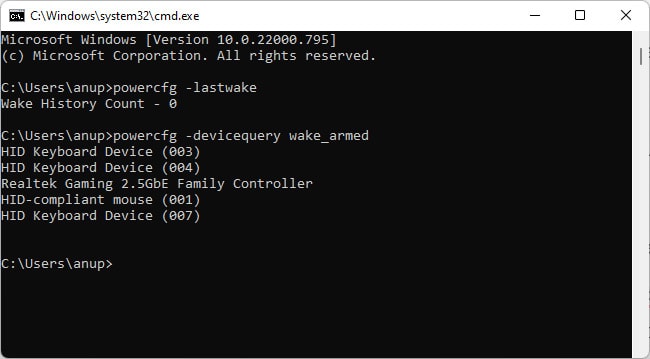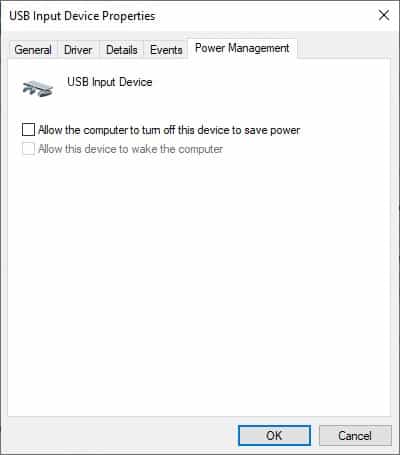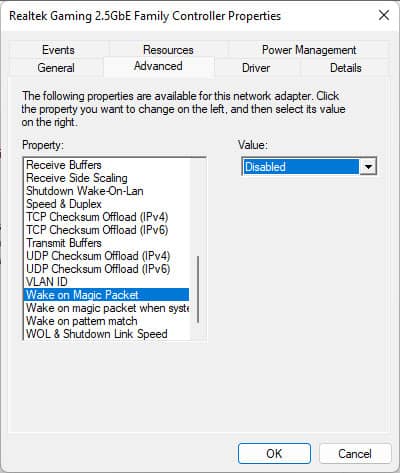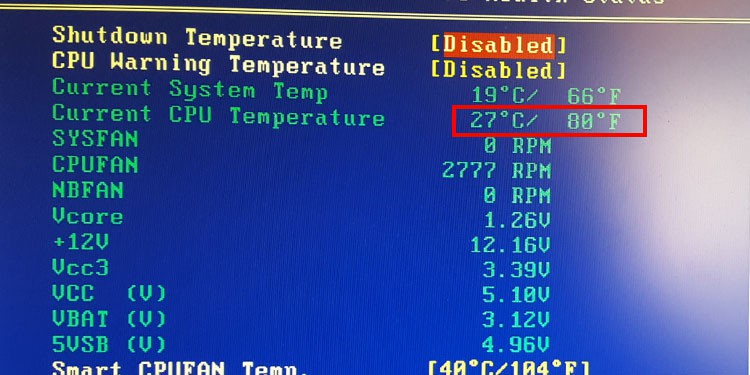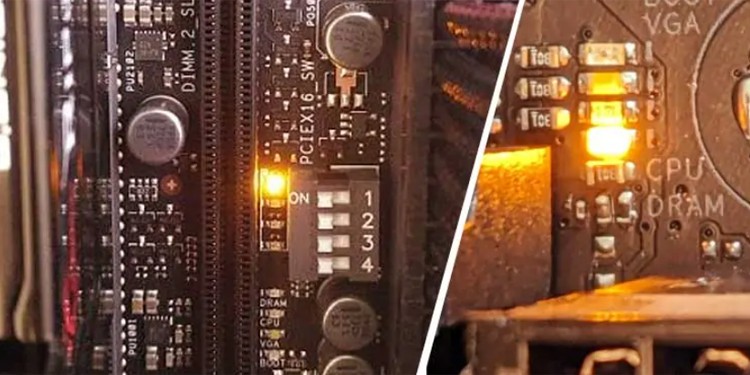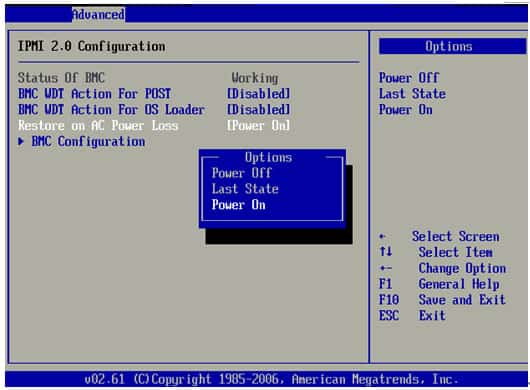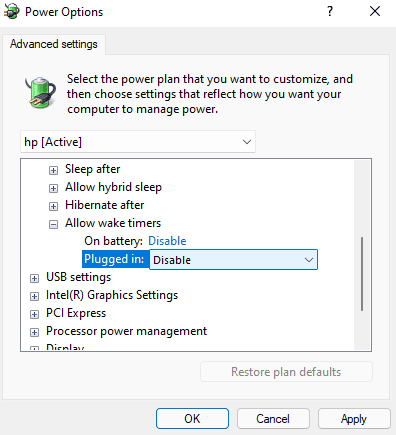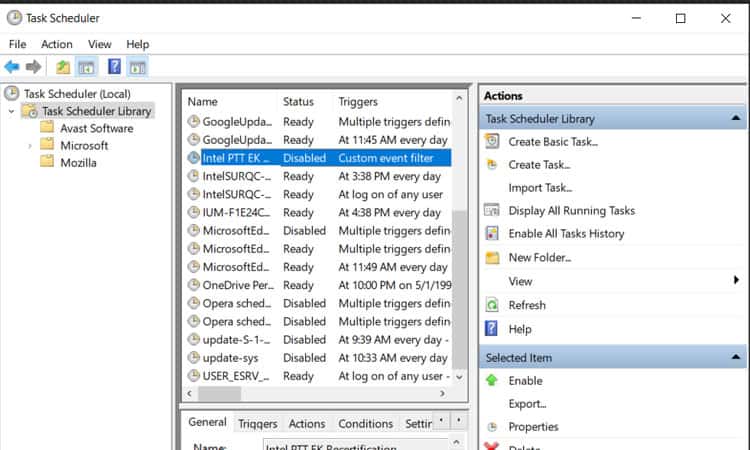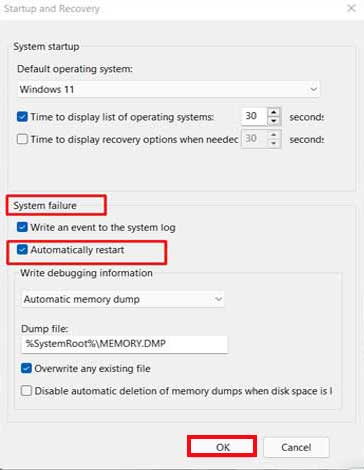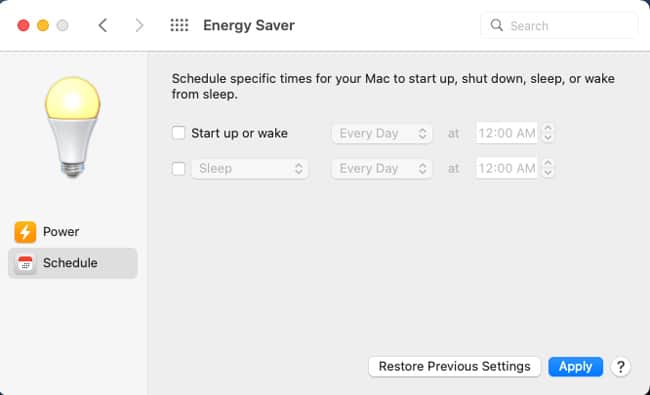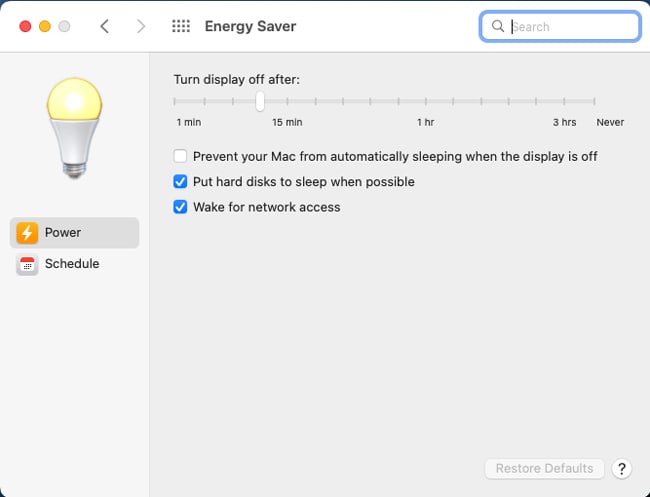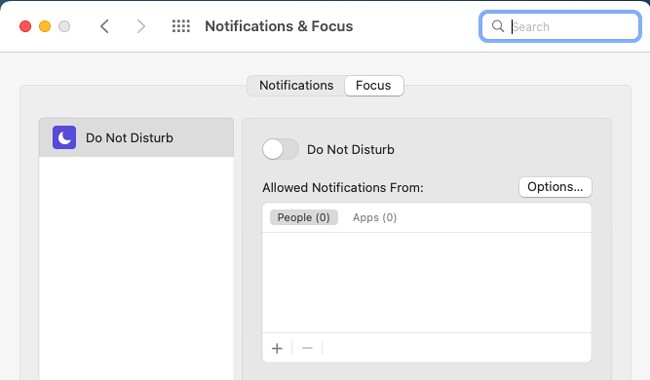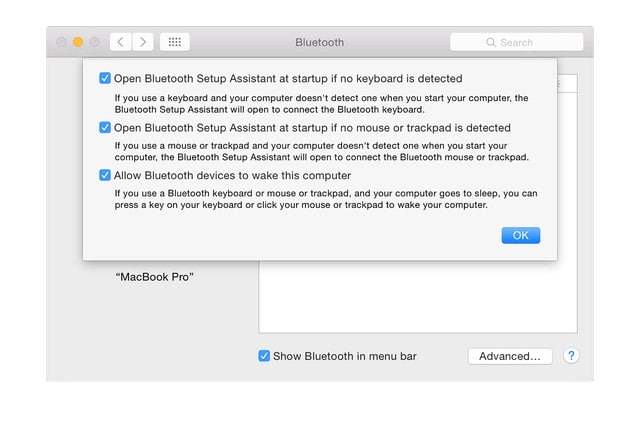If your computer turns on by itself at certain times, such as midnight or 11 AM, a scheduled update or similar task is likely waking up the PC. Because of hardware issues, users also face situations where the computer randomly shuts down and turns back on by itself. In this article, we’ve detailed more reasons for this issue, as well as appropriate solutions for both Windows and Mac.
Why is My Computer Turning On By Itself?
How to Fix If Computer Turns on By Itself?
As the peripherals are the most common reason for this issue, figuring out which component is waking up your computer will be the best way to start troubleshooting.
Check What’s Waking Up Your PC
Generally, a malfunctioning USB Hub generates false input from the peripherals, which is why the computer turns on by itself. On the other hand, numerous users also reported that their pets pressed the mouse/keyboard, making the PC randomly power on at night. Regardless of the outlying cause, you can figure out the device that made the computer wake up using the powercfg utility. Here are the steps to do so:
Fix Hardware Issues
If your computer is randomly shutting down and turning on by itself, it’s most likely a hardware issue. Here’s what you can do in such cases:
Check BIOS Settings
In the section above, we detailed how various components can cause the system to crash and restart on its own. The auto-start after a shutdown happens because of a power loss related BIOS setting. Additionally, you’ll also want to check the Wake-On-LAN option, which allows someone to remotely power on your PC. Here’s how you can configure these: This is quite niche, but some motherboards, such as the ones from ASRock, have a dehumidifier feature. When enabled, this feature allows your computer to power on automatically if the system needs to be dehumidified. As such, turning this feature off is likely to help.
Check Scheduled Tasks
Your PC likely has a bunch of maintenance and update-related tasks scheduled, causing your computer to turn on randomly. This isn’t limited to Windows updates either, as scheduled third-party program updates can also cause this. Here’s what you can do in such cases: If you’d like to deal with specific scheduled tasks instead, you can do so through the Task Scheduler. Here are the necessary steps:
Disable Auto Restart
Your system is likely set to auto restart in the event of system failure. This can cause your computer to be stuck in a crash and restart loop and make it seem like your computer is turning on by itself. Here’s how you can configure this setting:
How to Fix if Mac Turns On By Itself?
The hardware fixes discussed earlier are applicable to Macs as well. But aside from those, there are a few additional solutions unique to Mac. Before we get into those, you should know that Macs models made after 2016 will power on by simply opening the lid or connecting the power adapter. Additionally, MacBook models introduced after 2018 turn on when you press the trackpad or any key on the keyboard. Such behavior is intended by design. As they were not present in earlier models where you needed to press the power button, users often misinterpret them as the computer turning on by itself.
Check Scheduled Tasks
Macs have a scheduling feature that allows you to set a wake-up time. Here’s how you can check it out:
Disable Wake for Network Access
If you’re sharing resources such as your system’s printer, other users accessing said resources can cause your Mac to wake up. Here’s how you can disable this feature:
Disable Enhanced Notifications
MacBook models introduced after 2015 can get woken up by notifications such as messages or FaceTime photos or calls. You can disable most such notifications by using Do Not Disturb mode. Here are the steps to do so:
Disable Bluetooth Devices
Your Mac can also get woken up because of the connected Bluetooth devices. If you suspect this is the issue, you can prevent them from waking up the Mac with the following steps:
Reset the SMC
The System Management Controller (SMC) controls various hardware functions on your Mac. Resetting the SMC is worth trying if nothing else has helped. The steps for this will vary on MacBooks and desktops. On Desktops, first, disconnect the power cable. Hold the power button for 30 seconds, plug the power cable back in, and turn on the Mac. On MacBooks, there are a few more steps:
